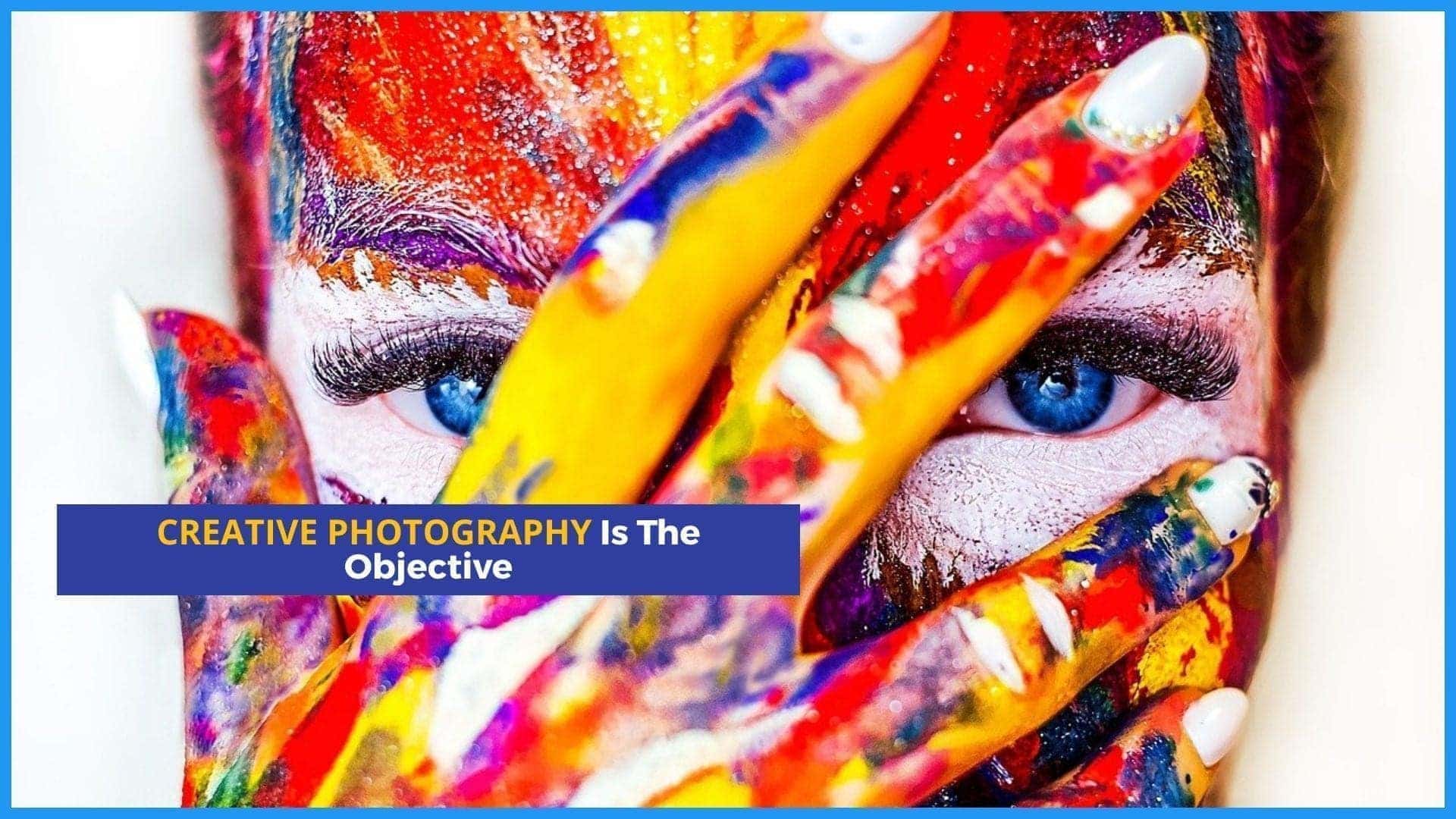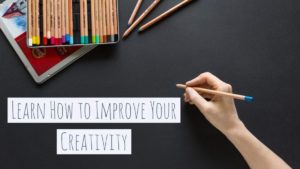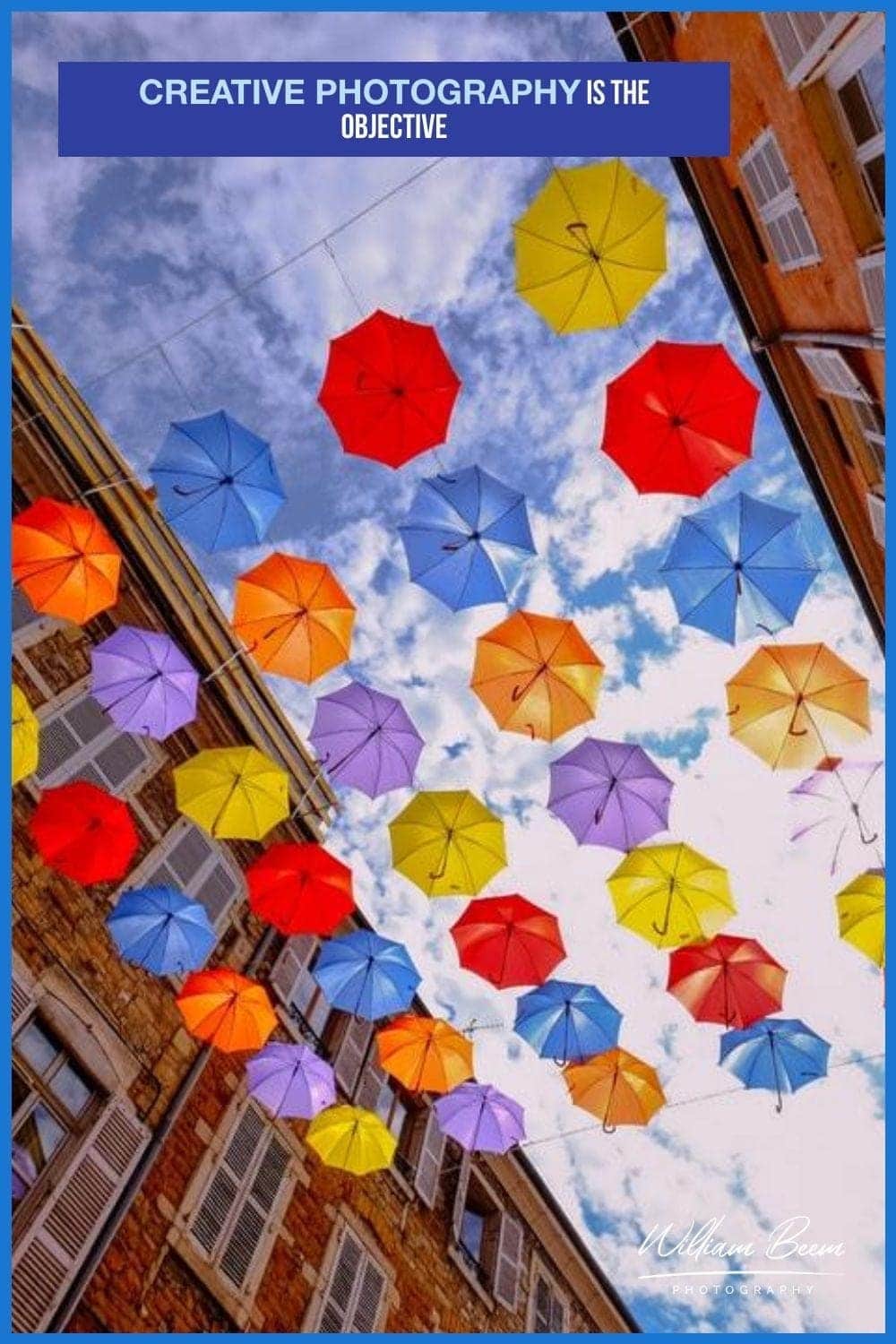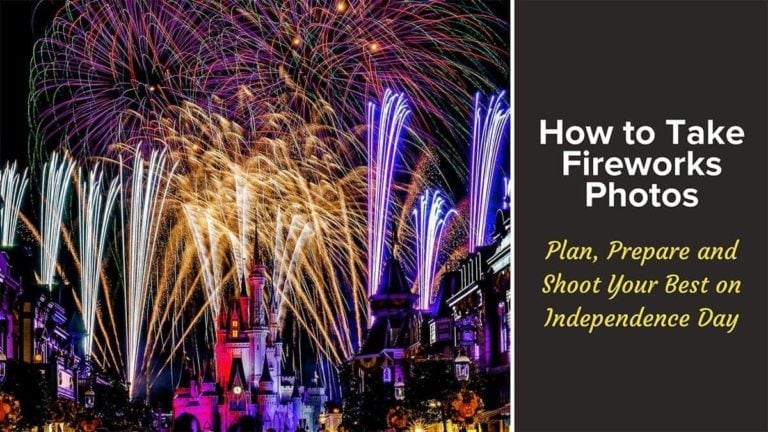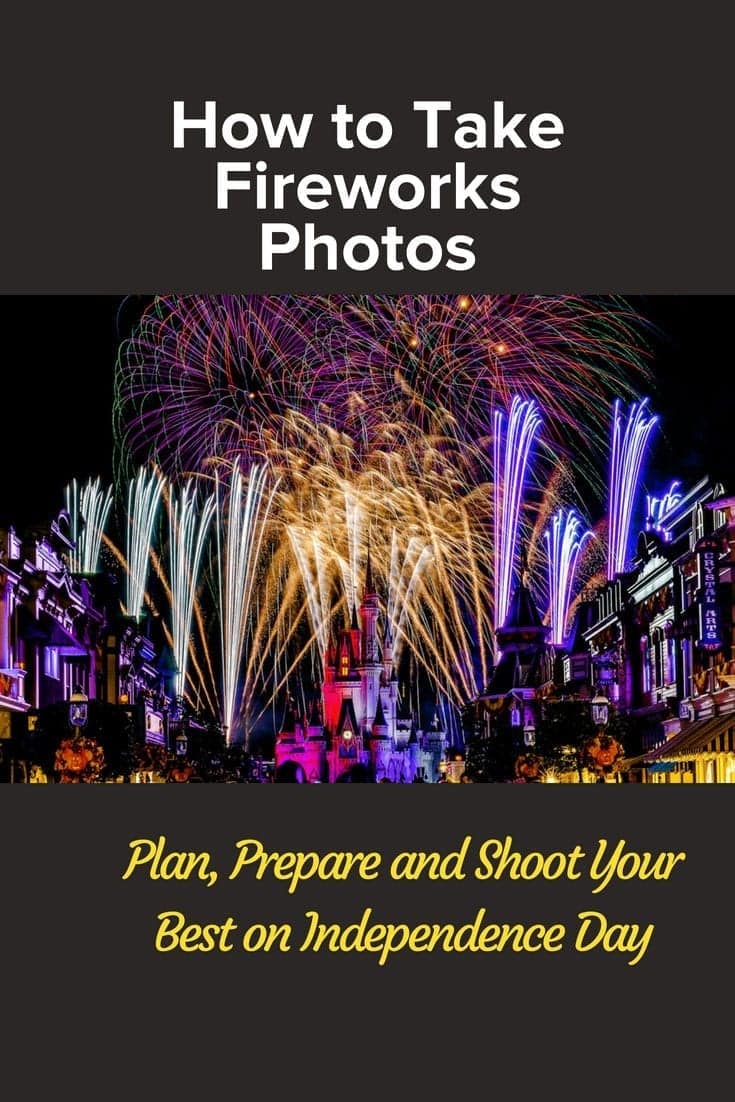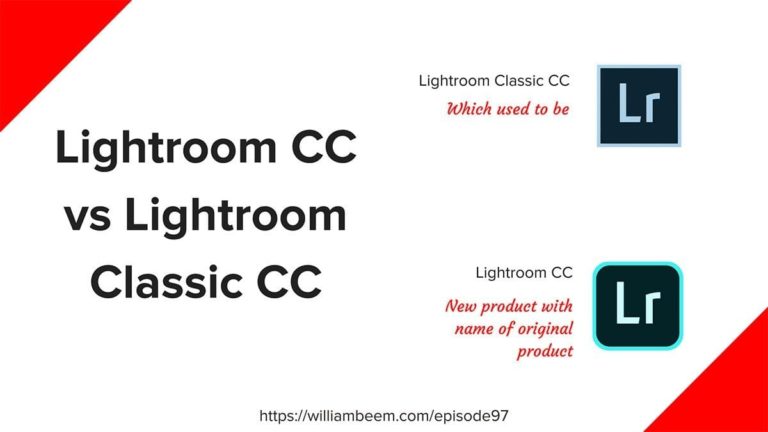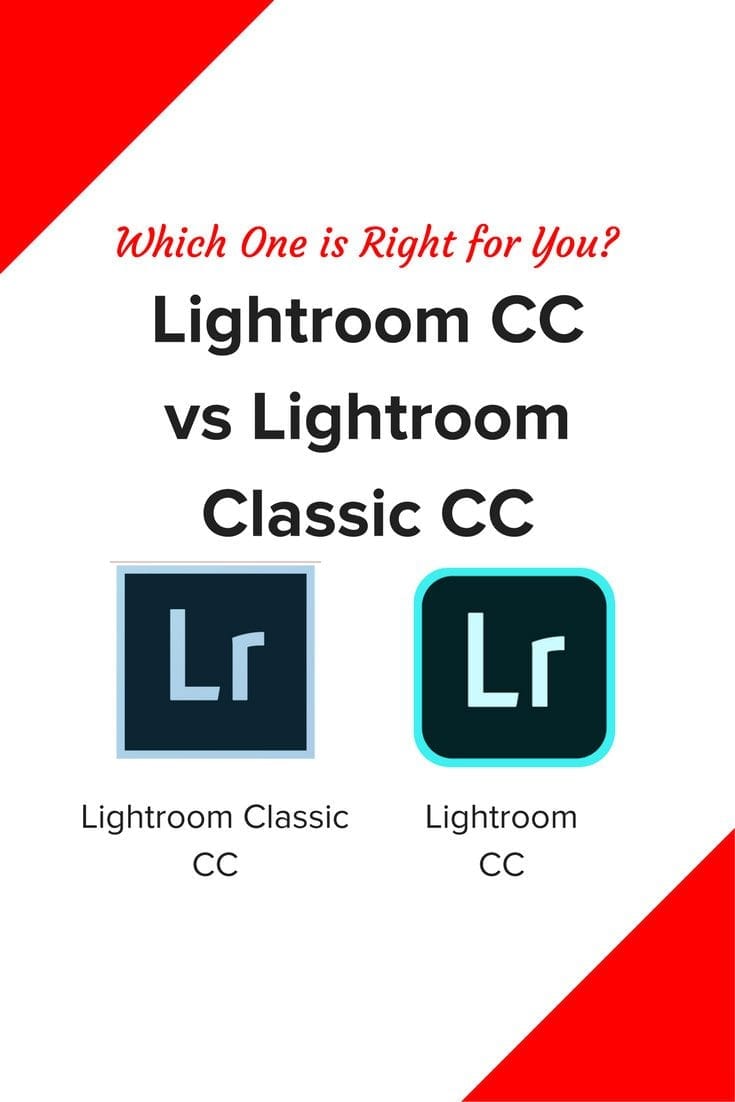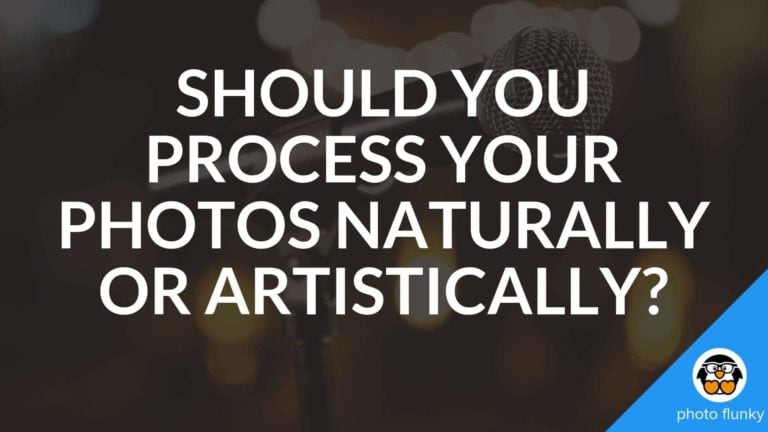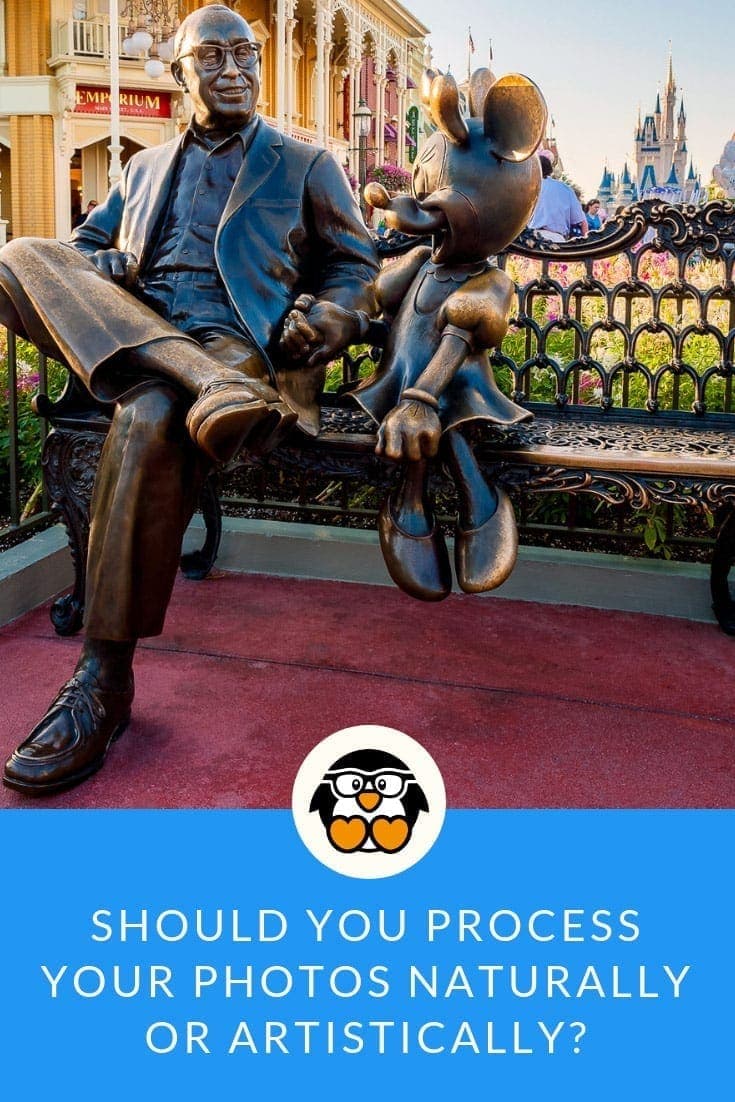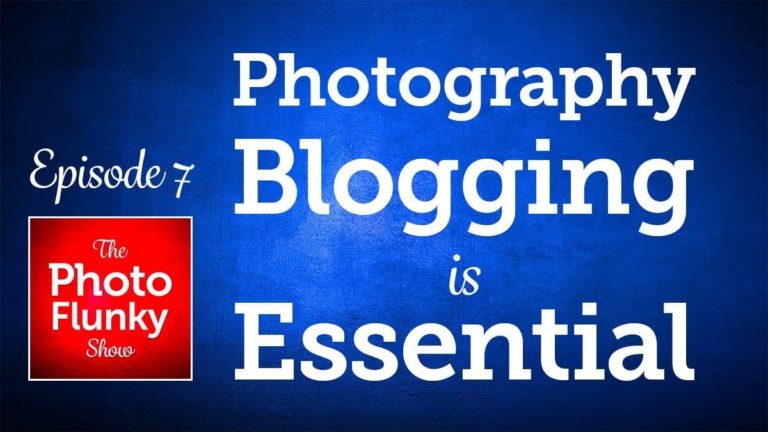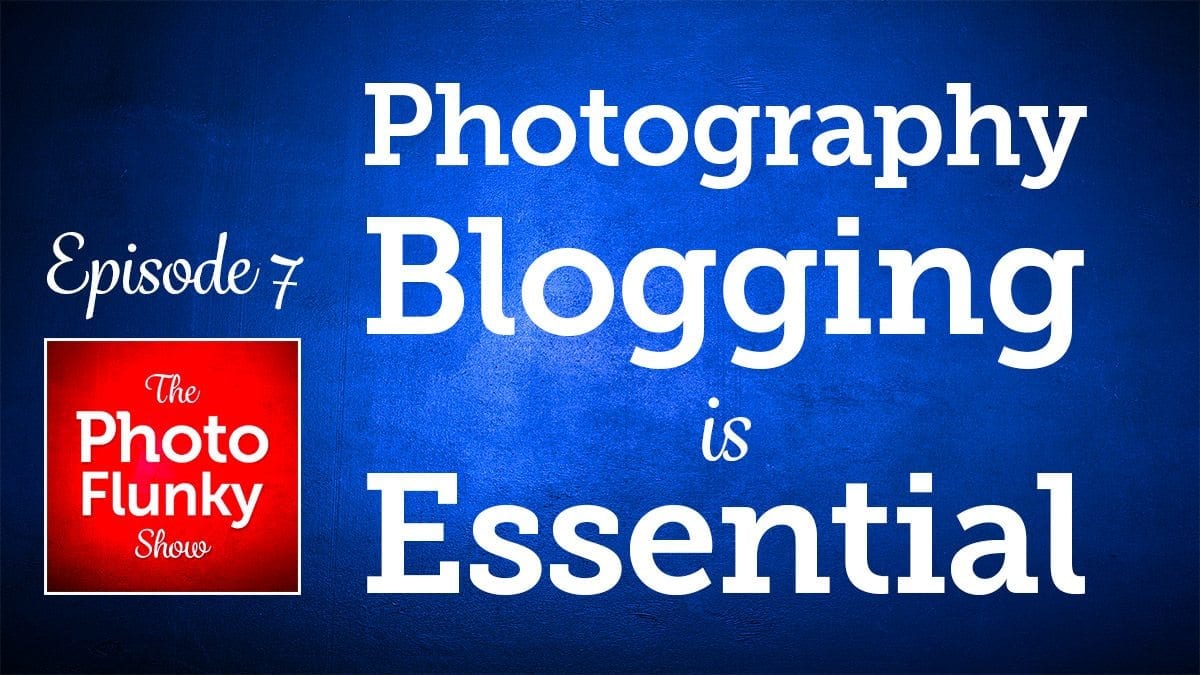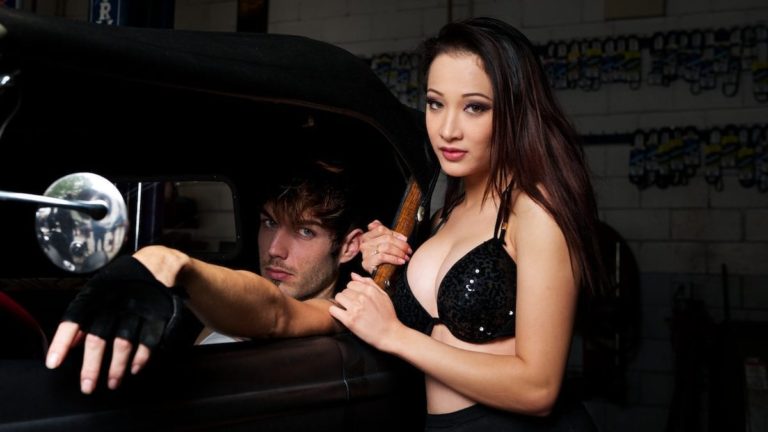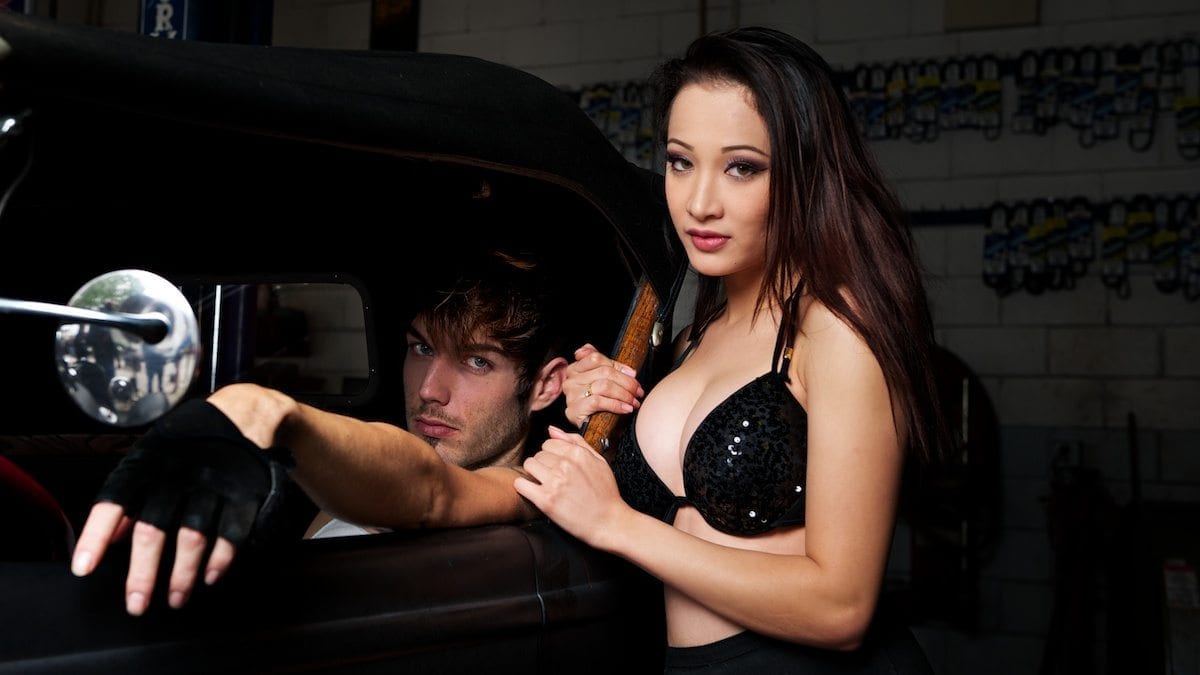Affiliate Disclosure: We earn a commission if you purchase through one of our links at no additional cost to you.
When I say that “Creative Photography is the Objective”, I’m encouraging you to break out of a rut. A lot of photographers think of themselves just as photographers. It reminds me an old quote by Evel Kneivel.
Anybody can jump a motorcycle. The trouble begins when you try to land it.
Being a photographer is similar. Anyone can click a shutter. Only a creative photographer makes a compelling result.
Creative Photography is Key
1: It’s OK to be creative
In fact, it’s much more satisfying to do something yourself that no one else does. Put your own spin on your photography.
Otherwise, you’re just documenting a person, place or thing. That’s not really imaginative or rewarding compared to being a creative photographer.
I see a lot of people taking photos for the sake of taking photos. That’s not a bad thing in the beginning. After all, you need to get comfortable with your camera, lighting, composition and other technical elements of photography.
The problem is that some folks never venture beyond this stage, as if they were incapable of greater results. They admire other photographers without ever believing that they could do the same.
That’s the myth I really want to bust. This isn’t just another “you can do it!” rant. I truly believe that you CAN do it, but you have to let yourself be free to trial and error. You have to visualize the possibilities and figure out how to make it happen. That’s the kind of spirit that comes with realizing that it’s OK to be creative.
2: Adhering to rules will ruin your photos
Think about it. If every photographer follows the same rules, how does any photographer stand out? The rules aren’t bad, but they’re like training wheels. Good to get you started, but they hold you back from excellence.
Think of some of the rules you’ve heard.
- Rule of thirds
- Leading lines
- Use telephoto for portraits
They have their place to get you started. Unfortunately, they can hold you back from experimenting by breaking those rules. I’ll be honest, you’re going to break some of those rules and you’re going to fail.
Accept failure as the price of progress.
In some cases, failure teaches you to retreat to the safety of the rules. In other cases, you learn that you can break those rules successfully. The difference is the context where you use the rules or break them.
That’s why experimentation is so important to progress.
3: People like originalists
In a mundane world of mediocrity, we admire those who are unique, original and stand out from the crowd. Creative photography is your best chance to have folks admire you and your work.
There are a lot of stunt performers in the world, but there was only one Evel Kneivel. He took risks that no one else would take. Sometimes he broke his body in the process, but he also caught the admiration of people and broke world records.
You don’t have to break your bones to be a successful photographer, but you could screw up a few photos by taking some chances and creating something that only you can create.
Isn’t that worth the risk of creative photography?
Luminar AI Elements Course
I mentioned my course for Luminar AI users during the podcast – Luminar AI Elements.
There are two ideas behind this course.
It’s a Tutorial
I go through everything inside of Luminar AI and show you how to use it. From installation to navigating the user interface, and operating every tool inside. You’ll learn what the tools do, how the different controls inside operate and why you may want to use one tool or another.
It’s a Reference Guide
With 40 videos, you can easily access just the information you need when you want to lookup something for a refresher. Each video has a search feature. You can just type in the term you want to find and the video will pull up the transcript. Better than that, you’ll get a clickable link inside the transcript for your search term and it will take you to the exact spot in the video where that term gets mentioned.
You Can Get Luminar AI Elements for FREE
If you buy Luminar AI from my affiliate link, I’ll give you the course for free. Just use my link and coupon code to make your purchase. That saves you $10 on your purchase and you get the course for free.
Just send me your receipt to [email protected] and I’ll verify the purchase. One that’s done, I grant your access to Luminar AI Elements.
If you didn’t buy Luminar AI from me, you can still buy the course and become a Luminar AI master.
Time Stamps
So far this year, we've talked about the direction that we want to take, that we want to have a little bit of attitude. We've also talked about why you should break rules in photography. Today, we're going to be talking about why creativity is the objective in your photography. I'm William Beem. Welcome to I Like Your Picture. The show that helps you improve your photography with visual storytelling.
What is visual storytelling? It's the method of approaching your photography with a knowledge of who you're trying to serve with your photos and what emotion you want to make them feel. We encourage you to concentrate on your subject, light and background to create a photo. Your audience loves. I'm glad you found us. Hi, my name is William Beem. My name is Lee Beem and today there's a couple of things we want you to be able to take away from this episode,
the first one and the most important one. It's okay to be creative. It's a must. Because adhering to the rules are going to ruin your photos. Here's the real reason why. People like originalists. People like creative originalists. In other words, Ooh, I'm seeing something from this person that I haven't seen from any other person out there. And there's gonna be some people that hate that too,
but that's okay. So let's go ahead and get started. And I'm going to throw this question to Lee. Do you want to be an artist or do you want to be a Xerox machine? Definitely. An artist. Xerox, Xerox copies are cheap. Xerox sells a lot of machines, man. And people obviously like Xerox machines. Yeah, but that's because they want replicas and it's cheap. A penny
a piece. I mean, And there's a lot of starving artists. I mean, you can make a lot of money as a Xerox machine or you can be a starving artist. What's more satisfactory, starving artists. Okay. I want to be one of a kind. You're definitely one of them. I can say that because I'm married to her, I know.
Look, the idea is people want artists. I mean, they use Xerox machines. They appreciate artists. Yeah. I think when you're replicating, somebody gets something. Not everybody, not everything is within reach of everybody. So a piece of fine art by an original artist is going to sell for a lot of money. And some people might get copies or prints of an original piece.
They're not going to get the original. It's going to be much cheaper, but it does open up in a lot other people to enjoy it. It's just that you're not getting the original and to those people, maybe that's what they want and it's not that important. It may serve their purpose. That may kind of check the box for them. And I think that's why you do get copies.
But without that original, nobody would be interested in buying the copies. No, And here's the reason I pose that question. You can take your camera, you can put a flash right on the hot shoe pointed at somebody, take a picture that's well exposed and say, boom, I've documented you. It's not creative. It's not a good portrait.
And it's same thing with, if you're out taking pictures of anything else. You can just go up there and take a snapshot. It's not really original. There are a thousand people who've taken the same snapshot before you. But if you're creative and you understand how to work with light and color and composition, you're an, you're an artist. Yeah. Look,
snapshots are important. And they're very valuable to me because they often give the background. They give kind of the lead up to the, the main part of the story. You do want those snapshots for your own personal use, but you don't sell your snapshots. You don't show case them. Your snapshots. Usually, maybe you've got some like around your desk,
around your home. I mean, we have dogs. I love the snapshots we have of our dogs. We're capturing a moment with something that's close to us. This morning was not a moment that we wanted to capture, but I won't go into that story. All I can tell you is, I'm not saying that snapshots are evil, but we're talking about creative photography here. Where you are not just holding up the camera and taking a picture of something that exists to document it.
This is where you're using your influence. You're being like a director of a movie, or maybe the producer of the movie where you're gathering the elements that come together. You're choosing your timing. You're choosing your location. You're choosing your subject and you're creating a work of art. And would you rather be that kind of artist or would you rather be a Xerox machine?
A copier? Definitely the artist. The artist is always going to be for the win for me. And I'll give you example. There are places - I call them trophy shots and I like them. You know, you can go to Horseshoe Bend. You can go to Mesa Arch. You can go to Yosemite, Grand Canyon, all sorts of places. I really love and appreciate a lot of those photographs.
And I have done this myself. I used to go out to Walt Disney World and take photographs there. I tried to be as creative as I could, but I'm working off of, you know, whatever time I could choose to be there in whatever direction I can do it. And I think I got some things that were different than what everybody else was getting, like Spaceship Earth.
I did something strange with Spaceship Earth that no one that I've ever seen has done the same thing. If for nothing else, I made it look clean, but I also made it look like it flies. But that's the part of creative photography. You can take something that's just there. Use your imagination, say, well, what would it be if this flipped over, flipped backwards?
I did some post-processing. Whatever the case is, how do you want to approach that? Or do you just want to take a picture, do some basic corrections and sharpening and say, here you go? I want something unique. I went to something different. What we're going to be encouraging this year is we talked about visual storytelling for a long time. But this year we want to double down on visual storytelling with your own sense of creativity.
And that's what we're looking for. And not everybody's going to be at the same level. Not everybody's ready to be incredibly creative. Sometimes you got to learn the foundations, which we want to talk about this year, but we also want to talk about the objective is creative photography. We want you to get to that point where you're not worried about the rules.
You're not worried about what other people think. You're worried about. What can I do that I like? And can you build an audience of people who appreciate what you do? Basically when you're being creative, you are presenting your photograph or as it were, telling your story with your own voice. You know, you can take a story or a script and you can have 10 different people read it.
And they're all gonna have their own way of doing it. Now not everybody is going to appeal to everybody. And someone will probably, their style will appeal, appeal to someone somewhere around. But it's the same with, with photos. Don't worry about getting everybody on board. Let's say, if you do, maybe, maybe it's not that great. I'd rather have 10 people who absolutely love what I do
than I have a hundred people go, Oh, that's nice. That's interesting. Yeah. You don't want to be one of those photos on social media that people just kind of scroll right past and they never stopped to look and see. They never say, Ooh, that, wait a minute, let me take a closer look. You can do that as a Xerox machine.
You know, they'll just scroll right on past you. If you want someone to stop and really appreciate what you do, whether it's a print on the wall, or if it's online someplace, you want people to stop and appreciate your work. Well, you're not going to get there by following the rules. So that leads me to my next statement and what we talked about in a previous podcast,
if you feel like you're about to do something that goes against the rules, do it. Yeah. You can, you can evaluate afterwards And you can be safe. You can say, all right, I'm gonna take one photograph that follows the rules, then I'm going to take another photograph my way. Yeah. I'm sure you're going to find sometimes that you like your way better.
And sometimes you to say, well, that didn't work. And I've done that. You know, I've, I've tried things, I've experimented and said that didn't work. But I learned something from it. I understood why it either worked or it didn't work. And I tried it again, maybe in a different way and found something that was outside of the rules.
That was my own way. And it got attention. Or at best you at least find out how to bend the rules. If you understand why it does or doesn't work the other way. Yep. Now I want to get into something next that Lee talks about a lot. I'm going to see if she can explain this, but the idea is to feel your way into creativity rather than be a technician.
Yes. All right. Lee Kind of how I live with my photos, with my crafts, with the post things that I do. All right. Everybody's good at something. And even if you don't want to, you're too humble to admit that you good at it. There are things that you can do very efficiently. So maybe you're really good at cooking and you make dinner every night.
Let's say that you can only make one dish, but you know how to make it. You just know when something is wrong. You know, you make some something up on the, Ooh, that looks a bit runny. Oh, that doesn't why is this so dry? Why is it so sticky? There are little teltale signs where it just doesn't feel right.
You kind of refer back to your recipe and you go back and look and go. Something's just not right. And you cook it anyway. And there's something different about it. I mean, this, this does happen. This happens to me a couple of weeks ago, but I knew before I even put that mixture in the oven that something just is different.
And that is kind of how I feel my way. It's not that I'm thinking about how exactly how it should be, but I'm kind of working my way through something. And you just instinctively know when something's not right. And that's the point where you step back and go, okay, maybe I need to move things. Maybe I need some more light.
Maybe it's the composition. And you just start playing with things. I tend to not think very specifically about, Oh, is that the light? You know, I don't go through a list of questions, but that's not a bad place to start. If this is not the way that you usually work with it. When I'm trying to troubleshoot, I just start moving things around and something will change when I'm moving and go Oh.
It's that. So I'd say that my logical mind sort of departs when I'm busy doing creative things. And I, I feel my way through, but if I had to bring a logical mind in for the sake of explaining, I would say, just start moving, you know, move things around. Move yourself around, play with the light. You will find something that changes things for the better or for the worse.
And if it changes it for the worst, maybe then you just know to do the opposite thing. I think you have to learn to get a feel for something. You just instinctively something doesn't feel right. Maybe the composition's too heavy on one side. And I do this all the time where I've got things laid out. Maybe just the way that I've composed it with the camera,
I'd look at it in front of me and it's fine, but I haven't just gotten to the right position. And it's just a little bit out of balance. You just know. I'm not sitting there measuring. I don't have a grid that I'm using to see that things are kind of squished in the corner. Could just be a slight thing. Maybe I need to add something in rather than move something.
Let's talk about this with some different types of photography. So Lee likes doing still life. And she likes using window light. So her light source is always coming from the same direction, but she also knows that a certain time of day, the light quality is going to be harder or softer, or maybe the quantity is going to be less existent. You know?
Cause nighttime, there's not really much light coming in that window. Yeah. But so she knows when to go there. And that's a big, important part of feeling your way. You need to know when to go to your scene. If you're not using flash where you can't control the lighting and not every photographer can do that, you'd want to do some traveler landscape photos.
You need to know when. So for example, if you want to have a nice snowy hillside, you don't go in June. If you want to have the Milky Way, you kind of learn, when is the best time to shoot the Milky Way. And throughout the year, the Milky Way looks different. So if you're in the winter time, that's probably the best time.
If you want to get that arch, if you go back down to summertime or July. It's going to look more straight up and down because you can shoot the Milky way anytime of year, but how it appears is going to be different at different times of year. So if you kind of, pre-visualize what you think you want, then you say, okay,
well, I've got to wait for this time of year in order to do it. So it's not just a matter of like, is it morning, noon or night? It's, you know, sunrise or sunset. It's literally the time of year. If you're old enough to remember when Windows XP came out, they had these wavy green grassy hills and the bright sky,
the photographer who took that shot that at Paloose. I think that's in California. I could be wrong. But anyways, I remember listening to him talk about it. He said most of the year, those hills are just brown and muddy. There is a very specific time of year when I can go and take that photograph and the same thing with other natural elements.
If you're looking to include those in your photograph, you got to go there when they're there and you got to go there when the light is just right. And you know what? Sometimes the weather doesn't cooperate. You may get screwed over one year and then have to wait and go back another year, depending on your availability and access to the location. That's part of creativity,
but that's also part of feeling your way. And as Lee said, look at it. You know, if something's not quite right or not to your taste, if you can move something, you move it. If you can block the light, you block it. If you can add some light, you add it. All those things are part of feeling your way.
And it's okay to have a concept in your mind and prepare as much as you can. But when you get there, you can experiment. You can say, okay, this isn't quite what I had in my mind. Or maybe I see an opportunity here that I didn't conceive of before, because of something's available where you are. And that is what we mean about feel your way into creativity.
Nobody else can do that. And if you're looking for a way to add something unique about yourself, this is it. Yeah. This is, it's also really important that you step back and review the photos that you've got when you've taken them. Just, I know you don't get a great idea on your LCD, but especially for composition, that's really all I'm looking for in,
you know, the LCD view when I'm hitting the playback. About a week back, I took some still life photos. I think I had about 40 shots that I snapped off. And there were only two scenes, two different sets that I had. I uploaded and edited two photos out of those 40. The reason why there were so many is because when I was looking at the LCD,
I was looking at the composition. I kept thinking, you know what? Might be better if this, Ooh, wouldn't it be nice if I added some shape here. So I kept rearranging things and sometimes you need to rearrange your stuff. You know, with still life. It's kind of easy on a small set. If the direction of the light's wrong for me,
I can literally turn the set, but you can move a person. You can move yourself. If you're not using window lights and you've got your own lighting system, then you've got a lot of versatility. Obviously it depends on your background as well. See what you've got and anything else is potential. And do not underestimate the results you can get by moving yourself,
moving the camera. Everyone from Jay Maisell to Frank Doorhoff, I've gotten this advice from them, move. Everything else can stay still. You. As the photographer can move around. You'll find some interesting things. You don't have to shoot everything straight on, head first. You can go to the side. You can go above, you can shoot from below.
Move around. Work the scene. Get different compositions. Some are going to work. Some of them are not, but you're never gonna know what you're gonna get until you try them. Finally, we'd want to let you know, to give people what they want and nobody knows what they want until they've seen it. You know, the old saying was that Henry Ford said,
if I gave people what they want, that asks for a faster horse, something along those lines. They didn't know they wanted a car because the car didn't exist. You can do the same thing, but you've got to know what people need or what they want. And what they want is something that evokes an emotional response. We watched this movie on Dolly Parton and Dolly is a fanatical songwriter.
And she wrote a song about an old black skillet. And her producer said, you know what? I know you got an old black skillet. I got an old black skill. I bet you everybody's got an old black skillet. Nobody cares about your old black skillet. What they want to hear about is something that makes them feel something. They want a song about love.
They want a song about relationships. They want something that they can make them feel. Well, your photographs are no different. You can take a picture of an old black skillet and maybe somebody will say, Oh, I remember my grandmother had one of those, but that's not really what you're looking for. You want to get an emotional response of some kind.
And that means you're going to attract an audience based upon what you create. I don't think that you go out there and say, okay, let me do a survey of an audience to find out what they want, because they'll tell you what they know, but they're never going to see what you can create in your mind. And what things really trigger inside of somebody is either familiarity,
which is kind of like people who remember the old black skillet or curiosity. Like, what is that? Or how did you do that? If you can combine both of those into the same photograph, you've probably got something that's going to stop people from scrolling past or looking past your print on the wall. Yeah. Like he's got the old black skillet,
maybe put some flowers and Lily pads and some junk jumping froggies in there and then a backdrop with flames or something. And I've seen people try this. I've seen people try to put so many things into a photograph. Just think like, this is just really weird. You can have familiarity and curiosity, and there's still not really good. And you're not going to know until you try things and see what responses you get.
But something else I'll give you as a piece of advice of what people want is to simplify your photos. Distill it down to its essence of what it is. Don't have a cluttered background, don't have a lot of stuff that's distracting their eye. Pick your subject, enhance the photograph for that subject. And that's what people really want. At least in my experience.
No, that's true. Don't let them give you a subject competition. Exactly. Thank you so much for listening to I Like Your Picture. Today is episode 248. So of course, we're going to have show notes available at WilliamBeem.com/episode248. I want to let you know that I've got a course. Now it is Luminar AI Elements.
If you have Luminar AI and you're not sure how it works or what to do with it, or what capabilities you have, check out the course. Just go to WilliamBeem.com/courses. And you'll see the list of all the little things. I go through every single tool and element of Luminar AI, which is funny enough. That's how I came up with the name.
Check it out. And also if you buy Luminar AI using my coupon code BEEM you'll not only save money, but I'll give you the course for free. All you have to do is send your receipt to [email protected]. Thanks so much. We'll see you again next week.

